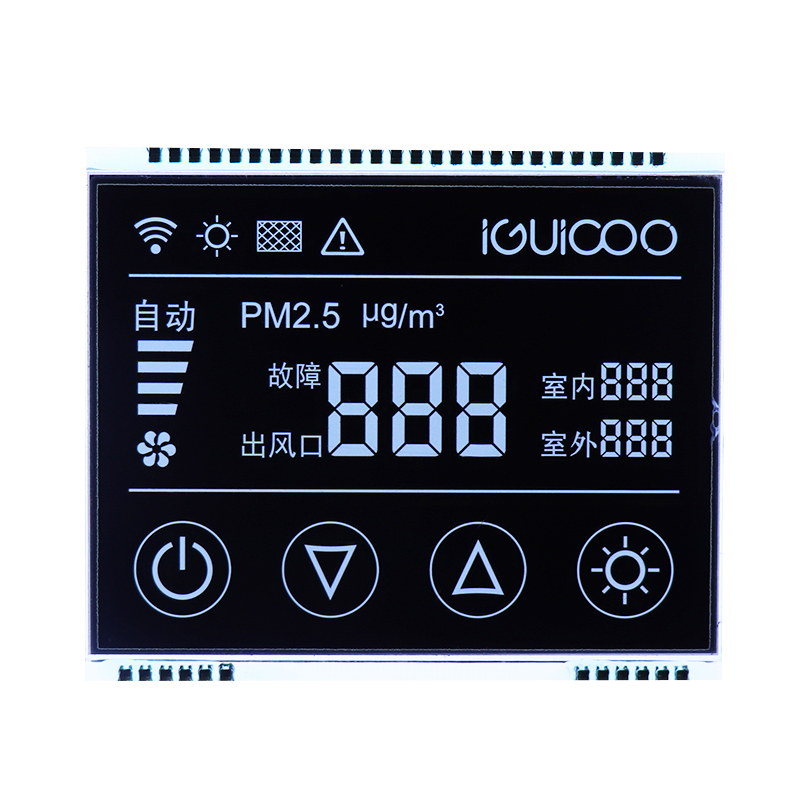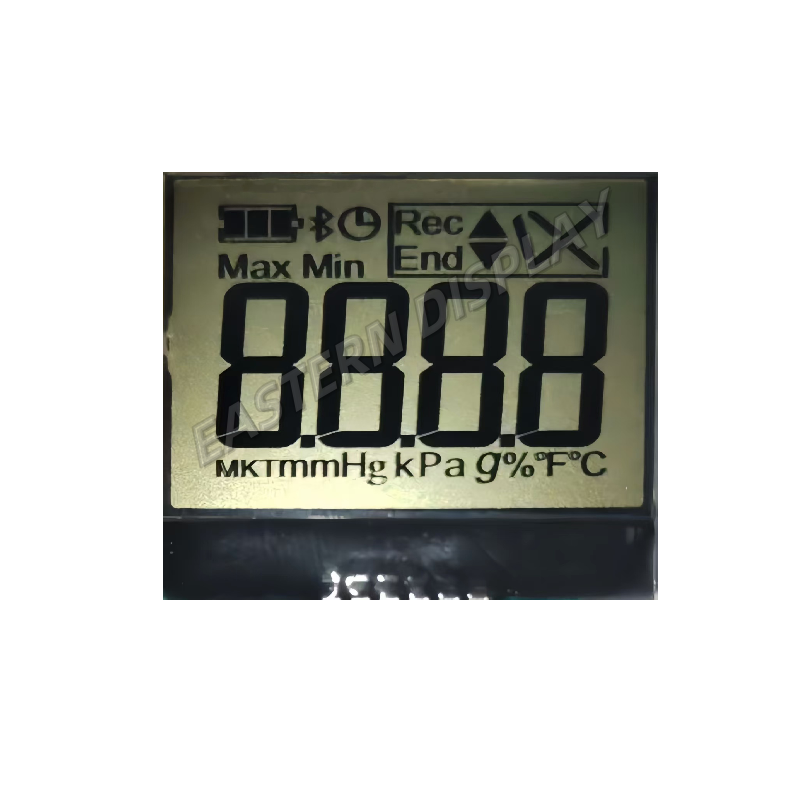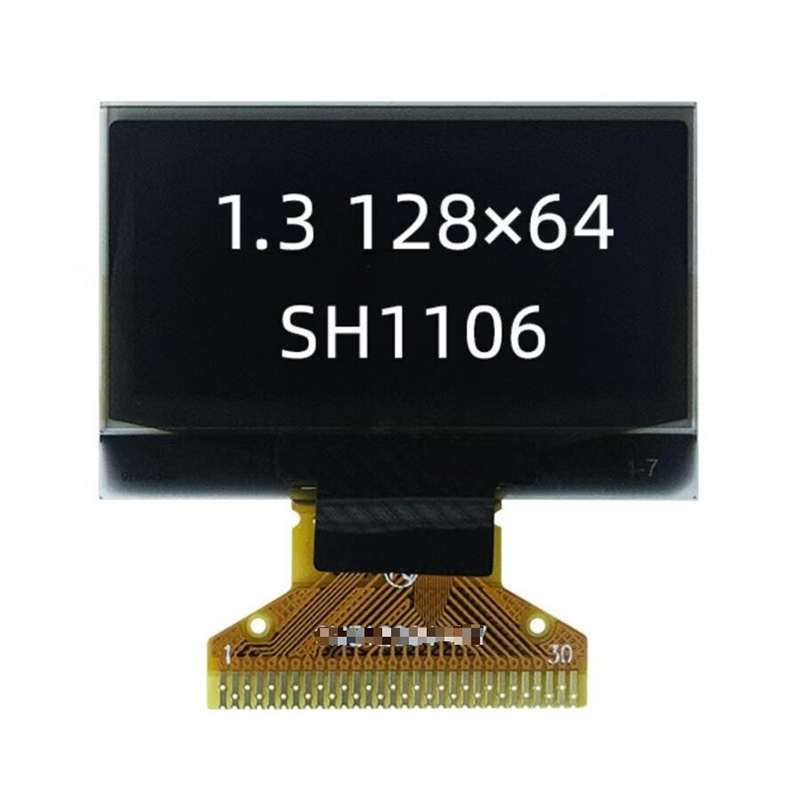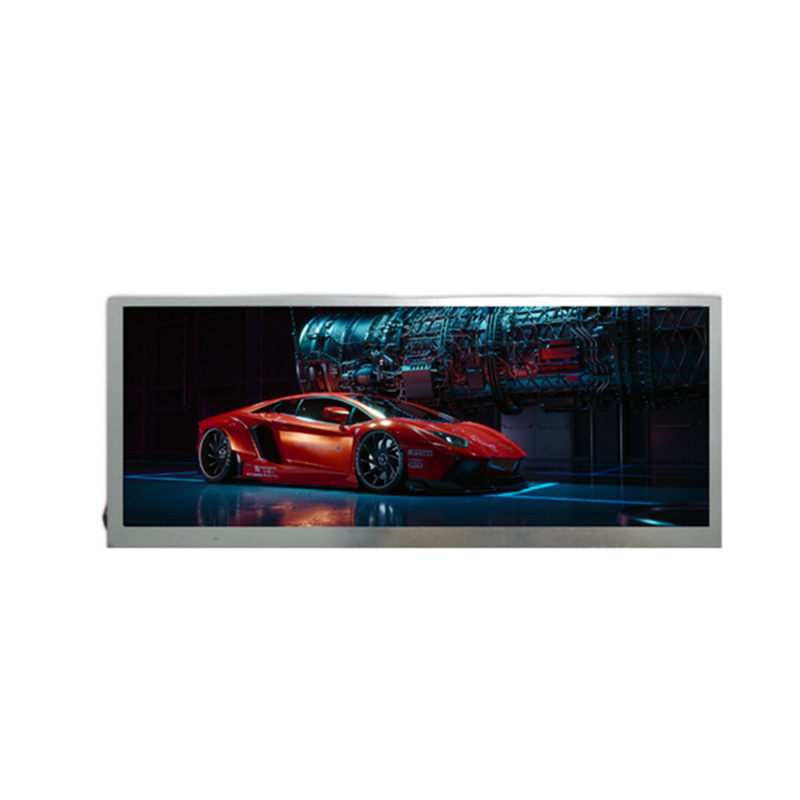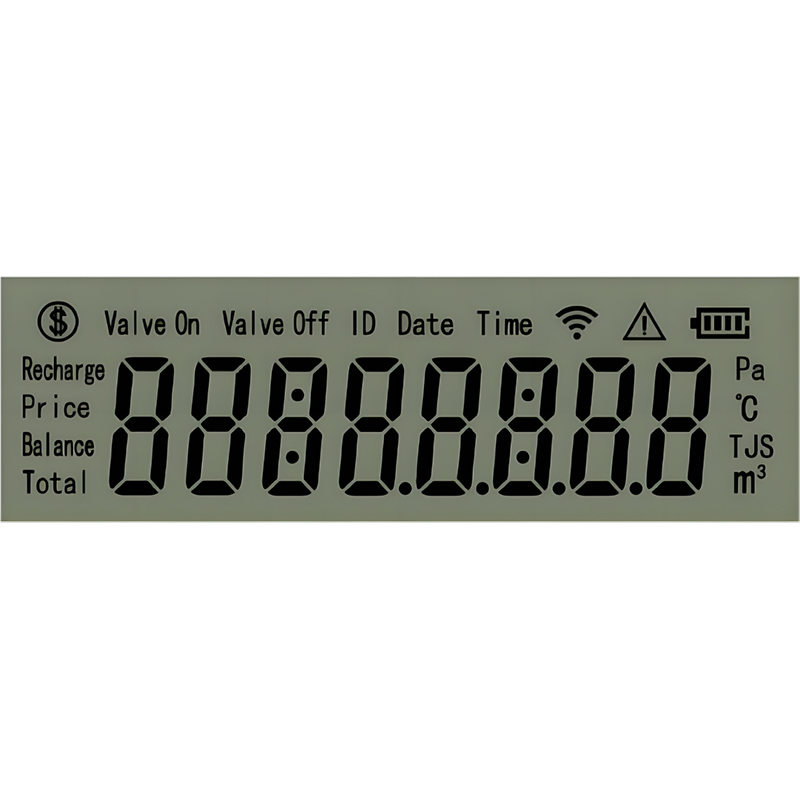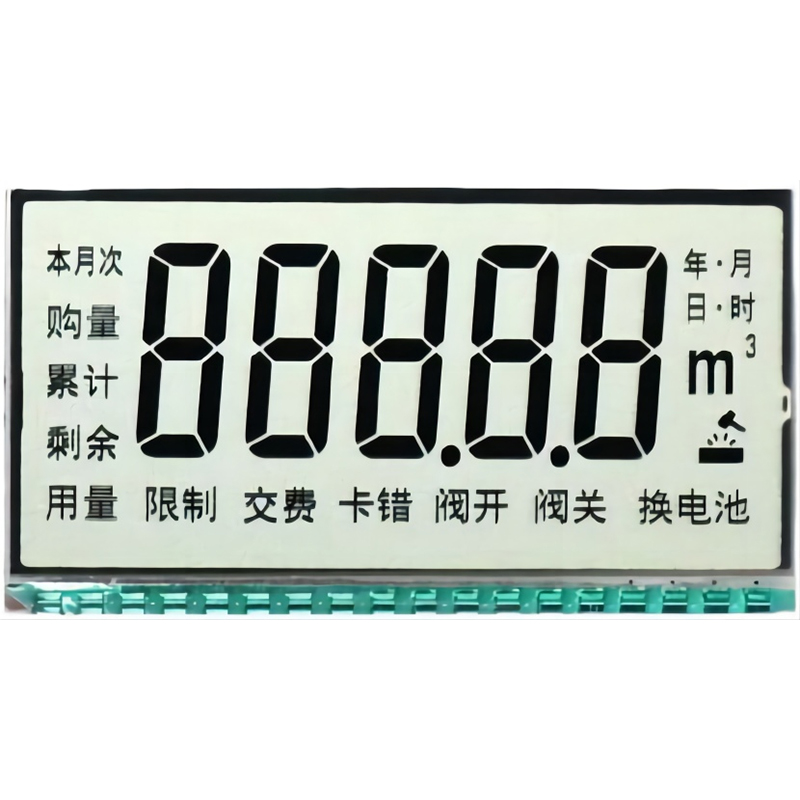
IPS LCD Display: A Comprehensive GuideThis guide provides a detailed overview of IPS LCD displays, covering their technology, advantages, disadvantages, applications, and considerations for choosing the right one. We'll explore different types of IPS panels and help you understand how to identify and select an IPS LCD display for your specific needs.
In-Plane Switching (IPS) technology is a type of liquid crystal display (LCD) technology known for its superior image quality compared to other LCD types like TN (Twisted Nematic). IPS LCD displays achieve this through a unique arrangement of liquid crystals, allowing for wider viewing angles and more accurate color reproduction. This makes them ideal for applications requiring high visual fidelity, such as professional graphic design, photography editing, and video production. Unlike TN panels, which suffer from significant color shift and contrast loss when viewed from off-center, IPS LCD displays maintain consistent color accuracy and brightness across a much wider viewing angle, typically exceeding 170 degrees.
While the core technology remains the same, there are variations within IPS LCD displays. These variations often relate to improvements in response time, color gamut, and power consumption. Some common types include AH-IPS (Advanced High-Performance IPS), S-IPS (Super IPS), and e-IPS (Enhanced IPS). The specific type used will influence the overall performance and cost of the display.
The superior image quality of IPS LCD displays makes them suitable for a broad range of applications:
Selecting the best IPS LCD display depends on your specific needs and budget. Consider the following factors:
| Feature | Considerations |
|---|---|
| Resolution | Higher resolutions (e.g., 4K) provide sharper images but may be more expensive. |
| Size | Choose a size appropriate for your workspace and viewing distance. |
| Response Time | Faster response times (measured in milliseconds) are crucial for gaming and fast-paced applications. |
| Color Gamut | A wider color gamut (e.g., Adobe RGB) provides a broader range of colors. |
| Refresh Rate | Higher refresh rates (e.g., 144Hz or higher) result in smoother visuals, particularly beneficial for gaming. |
For high-quality IPS LCD displays and comprehensive technical support, consider exploring the wide range of options available at Dalian Eastern Display Co., Ltd. They offer a variety of sizes and specifications to meet diverse requirements.
IPS LCD displays offer significant advantages in terms of image quality, viewing angles, and color accuracy, making them a preferred choice for many applications. By understanding the various types and factors to consider, you can select the perfect IPS LCD display for your needs. Remember to prioritize features like response time, resolution, and color gamut based on your specific use case.



